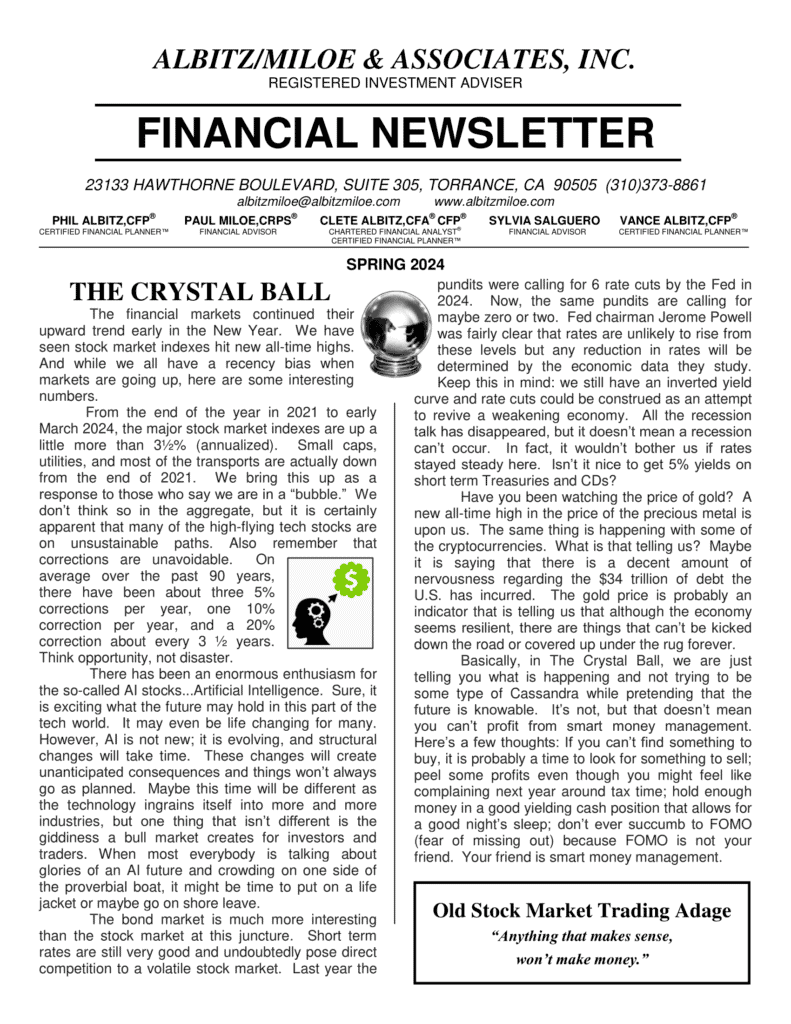A Roth IRA could be considered the most tax-advantaged long-term savings account. Your after-tax contributions grow tax-free and can be withdrawn from tax-free anytime after age 59 ½. Furthermore, required minimum distributions are not required at age 70 ½ like a traditional IRA. Although your beneficiary would need to take required minimum distributions, the funds continue to grow without taxes, possibly providing for decades of tax-free growth.
However, a Roth IRA is limited to a maximum annual contribution of $5,500 ($6,500 if over age 50) and is also subject to an adjusted gross income (AGI) phaseout limit of $120,000 – $135,000 for single filers and $189,000 – $199,000 for married filers. If your AGI is above the phaseout levels you cannot contribute directly to a Roth IRA.
A footnote in the Tax Cuts and Jobs Act provides congressional approval to utilize a strategy known as a “backdoor Roth IRA” allowing the circumvention of income limits to fund a non-deductible IRA and then subsequently convert it to a Roth IRA. Here’s the footnote: “Although an individual with AGI exceeding certain limits is not permitted to make a contribution directly to a Roth IRA, the individual can make a contribution to a traditional IRA and convert the traditional IRA to a Roth IRA.” This essentially removes the income limits from funding a Roth IRA.
There are a few items to be aware of with this strategy. Remember that you need to have earnings to fund an IRA, either from wages or self employment income, and you can only fund an IRA up until the year before you turn 70 ½. With a Roth IRA, you have the ability to withdraw your after-tax contributions without penalty prior to age 59 ½. However, when a Roth IRA is funded via a conversion, your contributions can only be withdrawn without penalty prior to age 59 ½ if the contribution has been in the account for a five year period following the conversion. This should be a moot point, as the idea behind this strategy is keeping your funds in the Roth IRA for long-term tax-free growth.
The largest potential deal breaker with this strategy applies if you have other traditional IRAs. In this case, the amount you convert to a Roth IRA is counted pro rata against the aggregate balance in all your IRAs and you’ll face income taxes upon the conversion. For example, you have a traditional IRA with a $100,000 balance and you make a non-deductible IRA contribution of $5,500 with plans to convert the $5,500 IRA to a Roth IRA. The pro rata rule applies and your conversion ratio is 5.21% ($5,500 / $105,500), meaning 94.79% of your $5,500 conversion is taxable. Due to this rule upon conversions, having a traditional IRA, will often eliminate your ability to utilize this strategy effectively.
Nevertheless, a Roth IRA is an account that nearly every eligible person should be utilizing. If income limits do not apply to you, you should most likely be contributing annually to this type of account. Now that Congress has authorized the “backdoor Roth IRA” as legitimate, those who may have been ineligible before due to income levels, should also determine if they can take advantage of a Roth IRA. If you have questions relating to your specific situation and how you may be able to utilize a Roth IRA to improve your financial situation just give us a call.




